Are These Cartoons Racist Or Art ???
The Censored Eleven is a group of Looney Tunes and Merrie Melodies cartoons that were withheld from syndication by United Artists in 1968. UA owned the distribution rights to the Associated Artists Productions (A.A.P.) library at that time and decided to pull these eleven cartoons from broadcast because they are based on racist depictions of Blacks and are deemed too offensive for contemporary audiences. The ban has been upheld by UA and the successive owners of the pre-August 1948 Looney Tunes / Merrie Melodies catalog, including Ted Turner, and these shorts have not been officially broadcast on television since the late 1960’s.
In the case of the Censored Eleven, racist themes are so essential and so completely pervade the cartoons that the copyright holders believe that no amount of selective editing can ever make them acceptable for distribution. However, many animation fans view these cartoons as art and feel that despite their overt racism that they should be seen. Animation historians and film scholars defend two of these cartoons directed by Bob Clampett, Coal Black and the Sebben Dwarfs and Tin Pan Alley Cats. The former, a jazz-based parody of Walt Disney’s Snow White and the Seven Drawfs, is frequently included on lists of the “greatest” cartoons ever made, while the latter is a hot jazz re-interpretation of Clampett’s now-classic 1938 short Porky in Wackyland.
Author Michelle Hass wrote: “. . . some even look at Clampett’s Jazz cartoons and cry racism when Clampett was incredibly ahead of his time and was a friend to many of the greats of the LA jazz scene. All of the faces you see in Tin Pan Alley Cats and Coal Black and de Sebben Dwarfs are caricatures of real musicians he hung out with at the Central Avenue jazz and blues clubs of the 1940’s. He insisted that some of these musicians be in on the recording of the soundtracks for these two cartoons.”
From my perspective, I view these cartoons for what they are, highly racist and offensive depictions of Black people. As an animation fan, while I appreciate the artistic nature of this work, sadly these cartoons are a continuation of prior racist depictions of Blacks in comic strips and representative of how Blacks were portrayed in films and advertising and just about every other aspect of life during this very racist period in American history. Having said this, I do feel that these cartoons need to be seen, presented in an educational context, to provide the right perspective and assure that this type of material is never produced again. That is why these cartoons are a part of The Museum Of UnCut Funk Collection, along with some animated artwork from these cartoons, and why we are showing a small sampling of them here.
Coal Black And The De Sebben Dwarfs (1943)
Bob Clampett’s parody of Disney’s Snow White with a cast of Black characters. As Coal Black opens a little Black girl asks her “mammy” to tell her the story of “So White an’ de Sebben Dwarfs”.
Hittin’ The Trail To Hallelujah Land (1931)
An early Harman and Ising Merrie Melodie featuring Piggy as a river boat captain whose boat is the stage for a band of Black musicians and dancers. Piggy’s girlfriend is assisted by reliable servant, Uncle Tom.
Sunday Go To Meetin’ Time (1936)
Fritz Freleng cartoon where Nicodemus’ woman tries to show to him the virtues of righteousness, and drags him away from his dice game to the Lord’s house, but he is soon again stealing chickens. A hit on the head by a farmyard fence helps him to see the error of his ways.
Clean Pastures (1937)
Fritz Freleng’s caricatures of popular Black musical stars of the day (Fats Waller, Louis Armstrong, Cab Calloway, and Jimmie Lunceford) are seen as angels in heaven, where they “liven things up” by playing “Swing For Sale”.
Uncle Tom’s Bungalow (1937)
Tex Avery’s early parody of Uncle Tom’s Cabin. Uncle Tom: “My body may belong to you, but my soul belongs to Warner Brothers.”
Jungle Jitters (1938)
Fritz Freleng’s cartoon where a dopey traveling salesman knocks on the door of the hut belonging to a group of cannibal African natives who would love to have him for dinner.
The Isle Of Pingo Pongo (1938)
Tex Avery’s (and Warner Brothers’) first travelogue parody. An ocean liner leaves the port in New York for Pingo Pongo (the “pearl of the oyster islands”). This cartoon contains several Zulu caricatures.
All This And Rabbit Stew (1941)
Yes, even a Bugs Bunny cartoon is on the “Censored 11” list. In this Tex Avery cartoon, Bugs is being hunted by a slow-witted Black hunter with a weakness for gambling.
Tin Pan Alley Cats (1943)
Bob Clampett’s Tin Pan Alley Cats focuses upon contemporary themes of Black culture, jazz music and World War II, and features a caricature of jazz musician Fats Waller as an anthropomorphic cat. Like Coal Black, Tin Pan Alley Cats focuses heavily on stereotypical gags, character designs and situations involving Blacks.
Angel Puss (1944)
A Chuck Jones cartoon where a Black boy is paid to drown a cat, but the cat has other plans and as a “ghost” heckles the boy.
Goldilocks And The Jivin’ Bears (1944)
Fritz Freleng’s version of Goldilocks and the Three Bears with an all Black cast. The Three Bears are now jazz musicians.

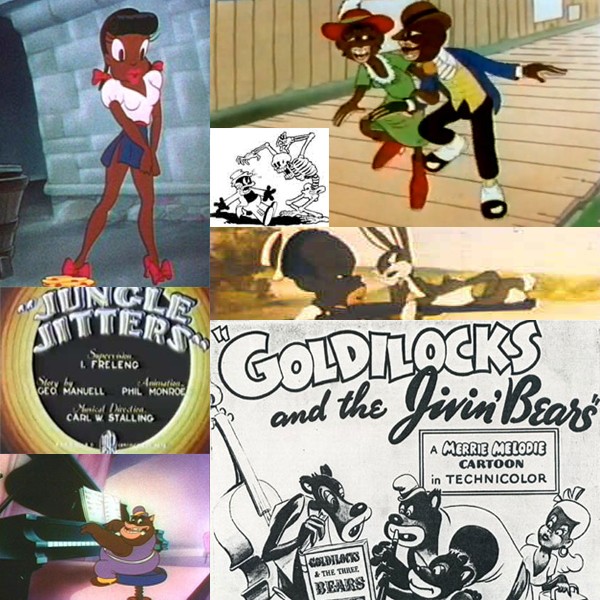
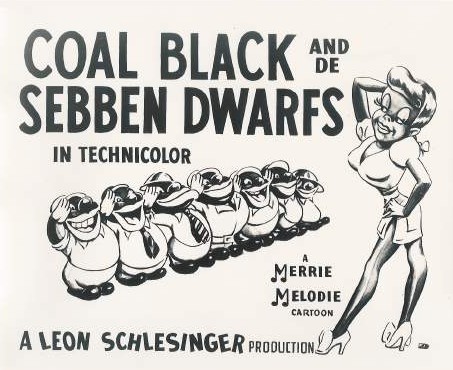
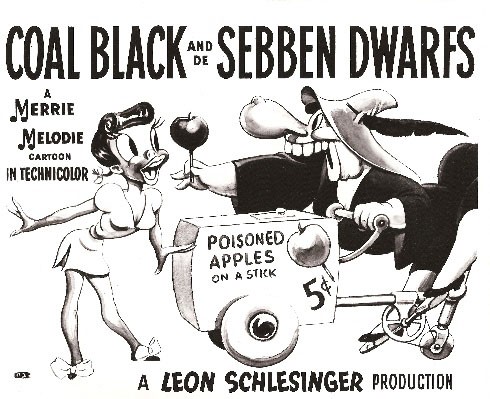

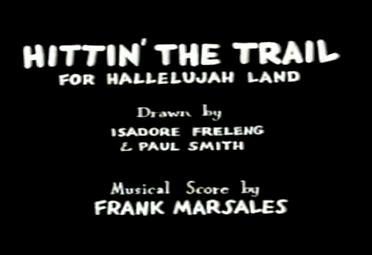
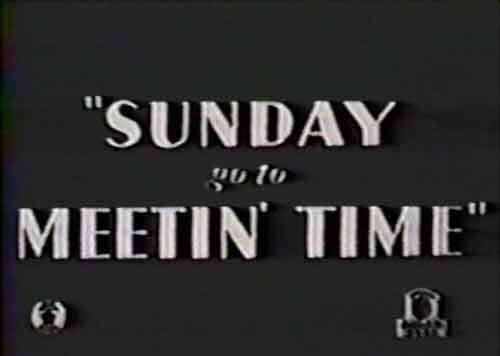
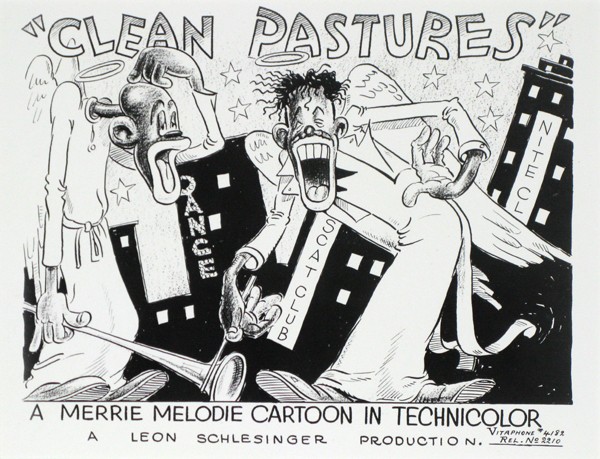
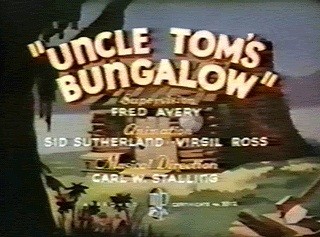
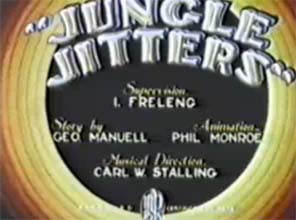
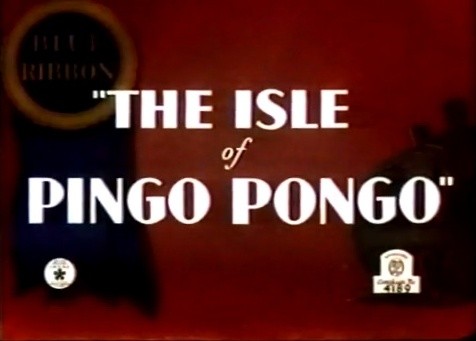
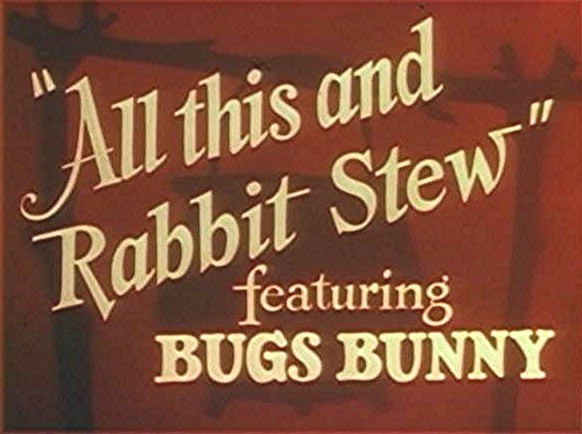
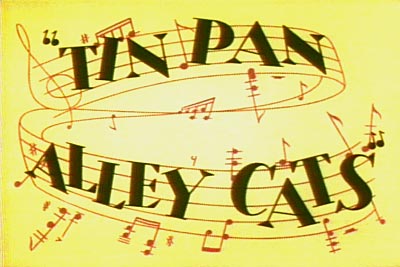
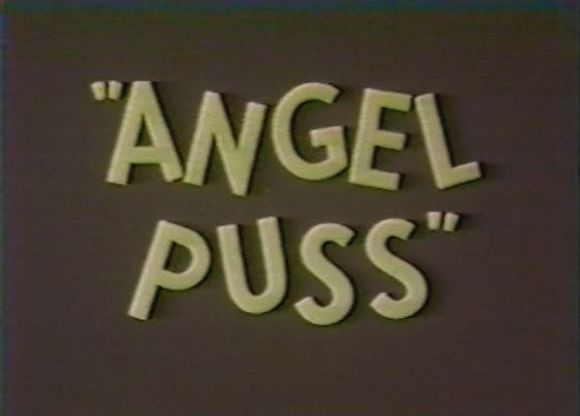

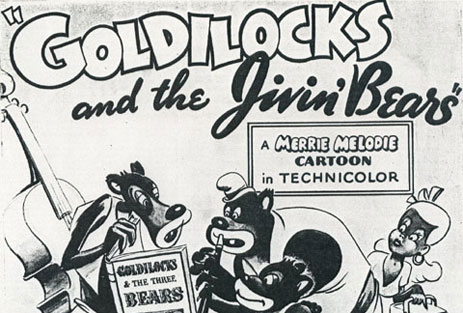
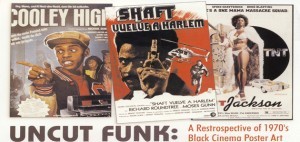

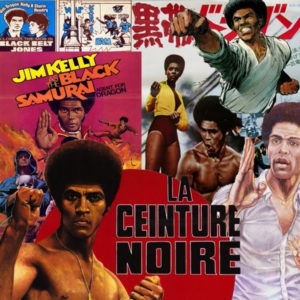

2 Comments
This is so helpful for my class in the History of Animation. Then racism gets erased and its important to remember. Thank you !
The racism, not THEN racism!